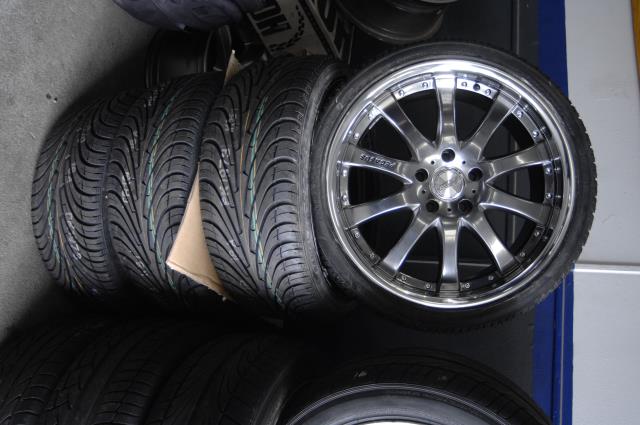Tyre Stewardship Australia (TSA) has released its tyre recovery data for 2022-2023, and things don’t look good.
Alarmingly, Australia’s recovery of used car, bus and truck (automotive) tyres is stuck in reverse, having dropped to under 80 per cent, a sharp downward trend since the 2019-2020 peak of 90 per cent.
The remaining 20 per cent might not sound like much, but it equates to 11.3 million car tyres being stockpiled, illegally dumped, landfilled, or hidden in warehouses, on industrial sites, unsuspecting landowners’ properties, even national parks.
Hidden in plain sight: 11.3 million used tyres – greater than the population of Sydney and Melbourne combined – is an environmental nightmare for Australia.
Twenty per cent of unrecovered used tyres amplifies the already-unnecessary economic, environmental, and social cost to local communities, particularly in regional, rural, and remote regions.
Tyres left unrecovered increase the risk of mosquito-borne diseases, toxic fires, and contamination to our built and natural environment.
TSA chief executive Lina Goodman said, “It’s the trifecta you don’t want; the new data reveals that the economic, social and environmental cost, that our communities are footing the bill for, is only going to get worse.”
The Waste Enforcement Association Australia (WEAA) echoes TSA’s concerns.
WEAA has over 300 member organisations tackling illegal dumping and stockpiling of used tyres, and over a third of WEAA members (35%) report dumped or stockpiled tyres as a critical challenge they face.
WEAA managing director, Samuel Lawson said: “Public reports of illegally dumped or stockpiled tyres in our local communities is a real concern, monthly reports are up on average 1.5 times and this
serious issue doesn’t look like it is going away anytime soon,” he said.
“Litter enforcement officers are on the ground as first responders to illegal waste dumping, in every community, every day, and they’ve told us that illegally dumped or stockpiled tyres have become an
increasingly challenging issue for their municipalities.”







